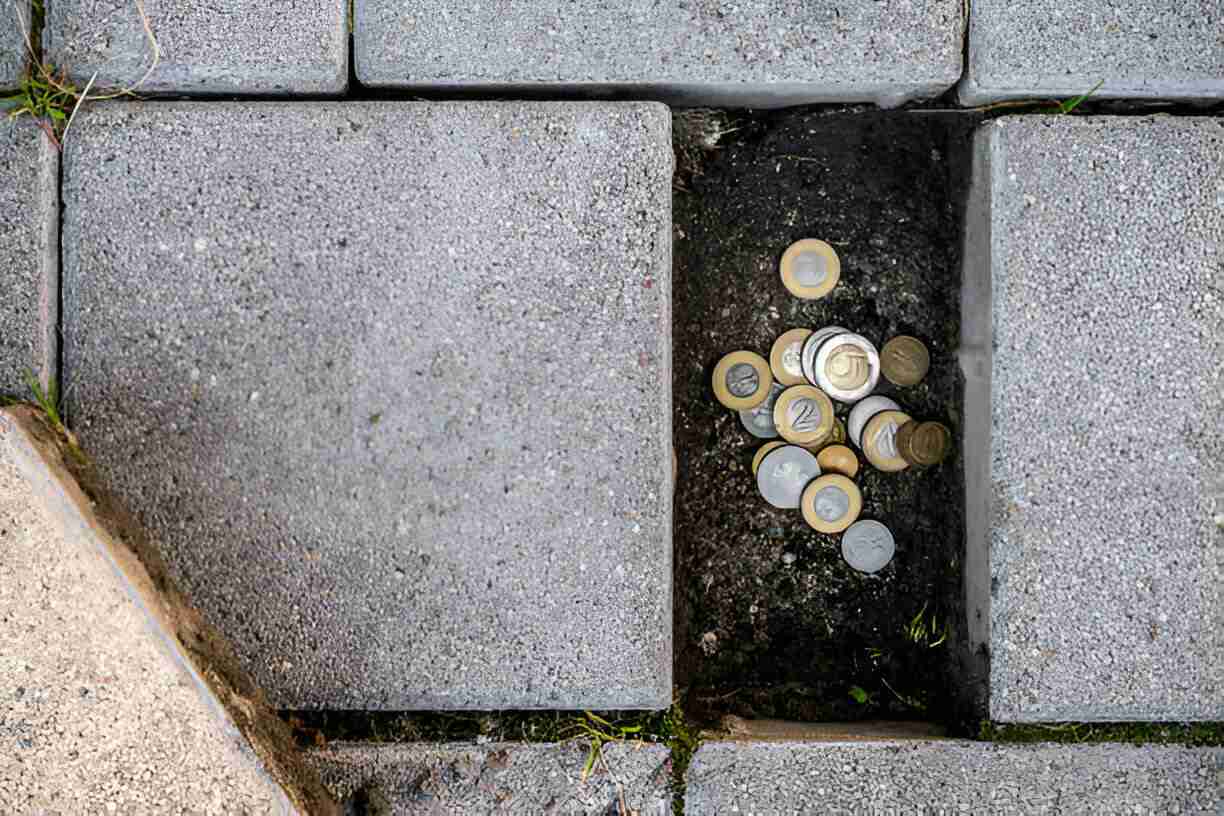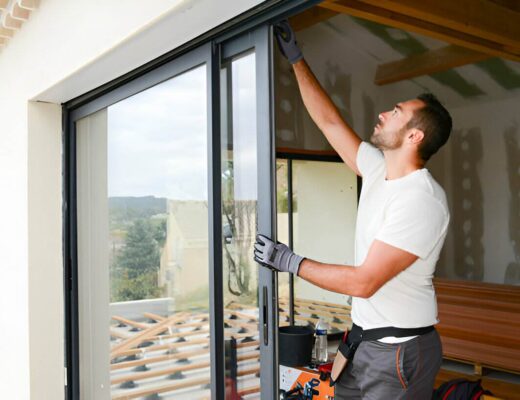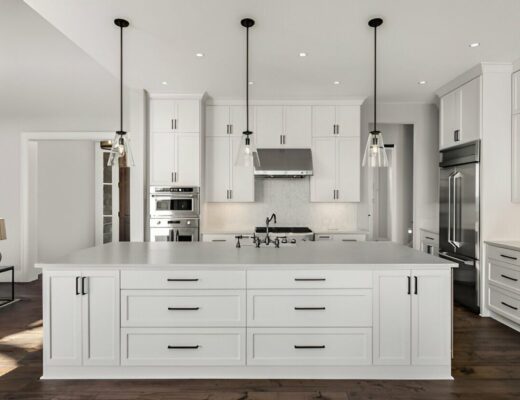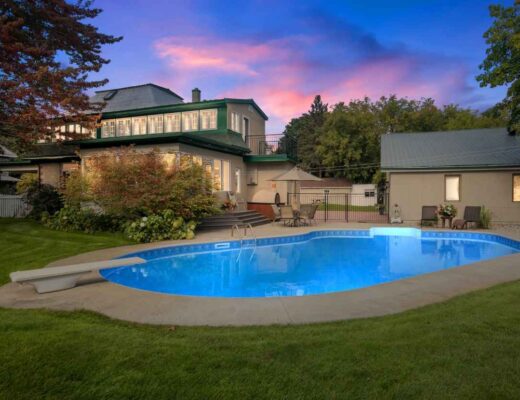Stone tile flooring is a luxurious and durable option that enhances the beauty and value of any home. Installing stone tiles requires smart budgeting to balance cost and design. Material, installation, and maintenance all affect the total expense.
Planning your budget wisely can help you make informed decisions and avoid unexpected expenses. In this guide, we’ll break down the key elements of budgeting for stone tile flooring to help you manage costs effectively while enjoying the benefits of this timeless flooring option.
Understanding Material Costs
The cost of stone tile flooring varies significantly based on the type of stone you choose. Natural stones like marble, travertine, and granite tend to be more expensive, while slate and limestone offer more budget-friendly alternatives. The rarity and source of the stone also play a role in determining the price.
When budgeting, consider not only the cost per square foot but also the additional expenses related to shipping and potential waste. Purchasing extra tiles to account for breakage or future repairs can prevent delays and additional costs later on.
Factoring in Installation Costs
Installing stone tile flooring requires professional expertise, especially when dealing with intricate patterns or delicate materials. Labor costs will depend on the complexity of the project, the type of stone, and the region where you live. Professional installation ensures a seamless and long-lasting finish but comes at a higher price.
If you’re considering a DIY approach to save money, factor in the cost of tools, adhesives, and underlayment materials. Keep in mind that improper installation can lead to expensive repairs, so hiring experienced professionals may be the best long-term investment.
Preparing for Subfloor and Underlayment Expenses
Before laying down stone tiles, the subfloor must be properly prepared to ensure durability and stability. If your current subfloor is uneven or in poor condition, you may need additional materials such as backer board or a leveling compound, which can add to the total cost.
Underlayment materials, such as waterproof membranes, are also important to prevent moisture damage and extend the lifespan of your stone flooring. Factoring these costs into your budget will help you avoid surprises and ensure a smooth installation process.
Accounting for Maintenance and Long-Term Costs
Stone tile flooring is a long-term investment, and ongoing maintenance is necessary to keep it in pristine condition. Certain stones, like marble and limestone, require regular sealing to prevent stains and moisture absorption. The cost of sealants and specialized cleaning products should be included in your budget.
Additionally, repairs and replacements may be needed over time, especially in high-traffic areas. Setting aside a maintenance fund ensures that you’re prepared for any future upkeep costs and can extend the longevity of your stone flooring.
Exploring Cost-Saving Options
If you’re looking to stay within a strict budget, there are several ways to reduce costs without compromising quality. Consider using stone-look porcelain tiles, which mimic the appearance of natural stone at a lower price point. You can also mix stone tiles with other flooring materials in less visible areas to reduce overall expenses.
Buying in bulk, shopping during seasonal sales, and sourcing from local suppliers can also help you save money. Comparing prices and getting multiple quotes from installers can ensure you get the best deal while still achieving the elegant look of stone flooring.
Conclusion
Budgeting for stone tile flooring requires careful consideration of materials, installation, subfloor preparation, maintenance, and potential cost-saving measures. By planning ahead and understanding the full scope of expenses, you can make informed decisions that align with your financial goals.
With the right approach, stone tile flooring can be a worthwhile investment that enhances both the beauty and value of your home. By setting a realistic budget and exploring cost-saving strategies, you can achieve the perfect balance between affordability and luxury.




